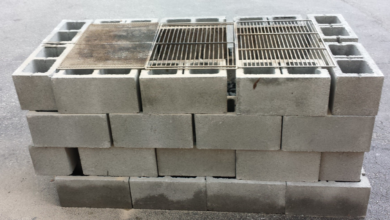Basalt Rock Fiber – Advantages and disadvantages

Basalt Rock Fiber is a matter which assembles by very great fibers, which get collects by the minerals pyroxene, plagioclase, and olivine. The fiber is like, the fiberglass having greater physical and mechanical properties, but being importantly inexpensive than carbon fiber.
It mostly gets use in the aerospace and automotive industries, also gets employ as a compound to manufacture results such as a camera stand. Basalt Fibre is made up of a single matter which gets pressed from a carefully chosen prey origin.

Basalt of high acidity above 46% silica content and low iron content which examine as advisable for fiber manufacture. Dissimilar other matter like glass fiber necessity, no materials get to add. The Basalt is simply washing and then also it gets melt. The manufacturer is known as basalt fiber. It requires the melting of the queried basalt rock at about 1,400 degrees Celsius, 2550 degrees Fahrenheit.
The molten stone forces out through the small nozzles to produce a continuous string of basalt fiber. There is three main producing ability which are die blowing, centrifugal multirole and centrifugal blowing. The fibers usually have a string diameter between the range of 9 and 13 micro seine. Which is far enough over the gasping limit of 5 micro seine to make basalt fiber a suitable replacing for concrete. They also have high elastic modulus resulting in excellent specific strength three times that of steel.
Advertisement
The advantages of Basalt Fiber are:
- 15-20% higher elastic power and modulus.
- Better substance resistance of water, salts, alkalis, and acids.
- Nature-friendly and based on naturally occurring material that starts worldwide and no biological danger.
- Recyclability.
- Production cost is very low as a comparison with the other types of fibers.
- Melting temperatures and working temperatures up to 600 degrees celsius.

Disadvantages:
- Breakable and low in withstanding bending force.
- The American Concrete Institute, International Federation for Structural Concrete and others internationally recognizes the engineering code authorities which have not to provide specific design guidance for its use.




